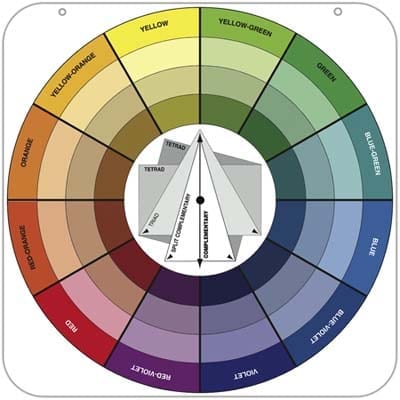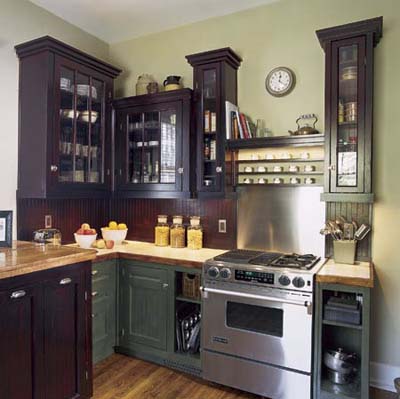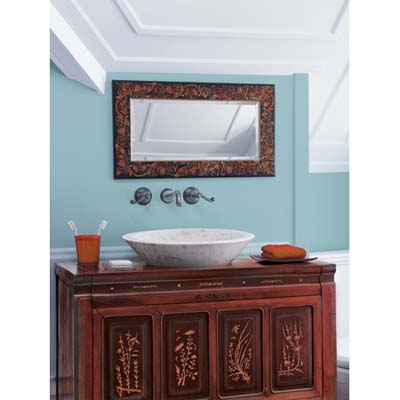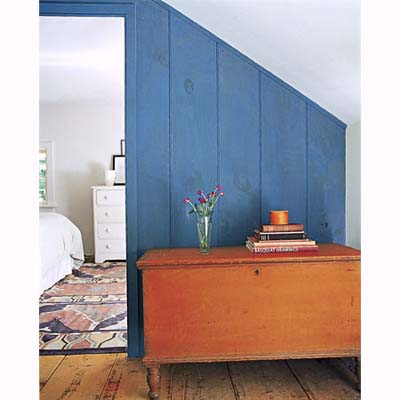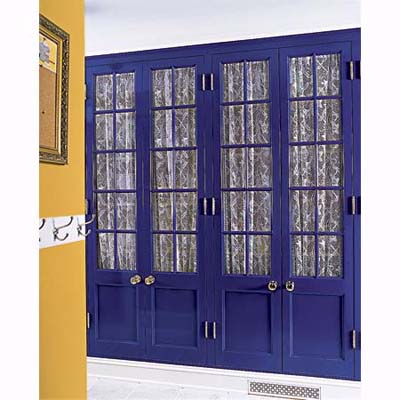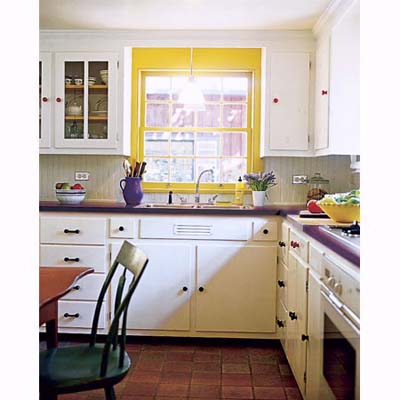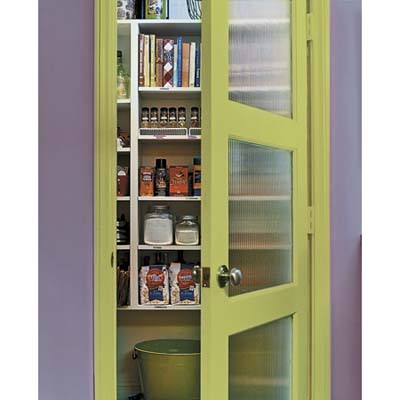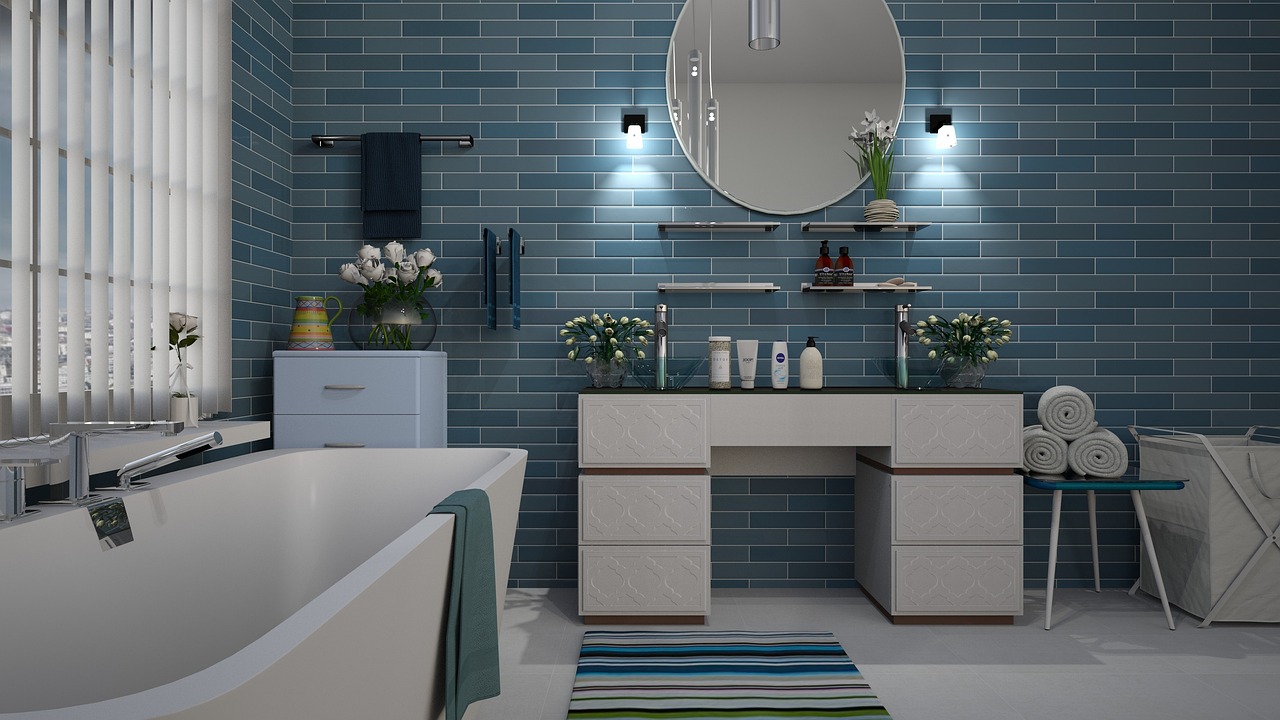If you’re like me, skin-tingling excitement occurs as you pull the box of summer clothes out of the storage, and put away the sweaters for the season. Spring, summer, it’s like the whole world comes alive. Leaves sprout, flowers bloom, the laughing of kids playing in the streets returns.
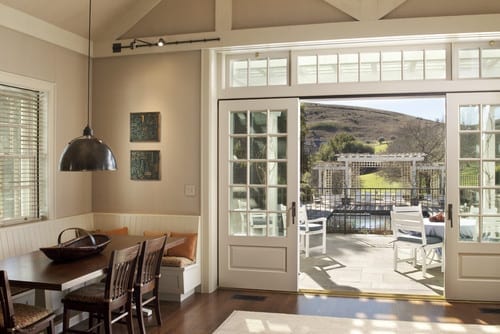
Photo Credit: Traditional Family Room by San Francisco Architect Gast Architects
This year, consider projects that allow you to bring the changing seasons indoors. Think “convertible decor”. With smartly-chosen palettes for draperies, pillows and accessories; you can bring summer out of storage in a big way.
“Oh look. Summer. Time to pull the other pillow cases out, put the other curtains up, and…”
It’s great to clean seasonally. Freshen the place up, get rid of clutter. Wash those decorative pillowcases and get the dust out of draperies. Why not change them up at the same time?
Transforming Spaces with Accessories Colors
Depending on wall colors and other surroundings, you have a lot of accessory choices. Maybe in hectic summer months you want light, cool pastels in simple designs without flashy bold patterns.
Maybe in winther when you’re more likely to be walloped by oppressive weather, you might want to embrace boldness and brightness, to liven up your indoors since you know you’ll be stuck behind the windows more often.
Think of what the seasons mean to you. Do you need a winter pick-me-up? Is summer about relaxing? Imagine what colors and designs might be appealing to you.
Love Affair with Your Home
I bought end-of-season items before Christmas so I could get a fresh look when the spring came around. My director’s chairs on my deck have been given the Caribbean treatment and my living room pillows are soon getting bright florals for summer.
Convertible room schemes aren’t about impressing your guests or staying up with the times. It’s about making your space bright, fresh, fulfilling, and keeping things interesting. It’s about keeping the love affiar with your home alive and fun.
You don’t need to blow your wad on expensive pillowcases or drapes, since we all know they’re even more enjoyable when you score them on sale. They just have to be attractive, work together and offer a nice change of scene. Go ahead, keep them for more than a single season’s use, as they’ll feel “new” when you take them out after six months of hiding. It’s not like the trend police will beat down your door because you’re using 2012’s look.
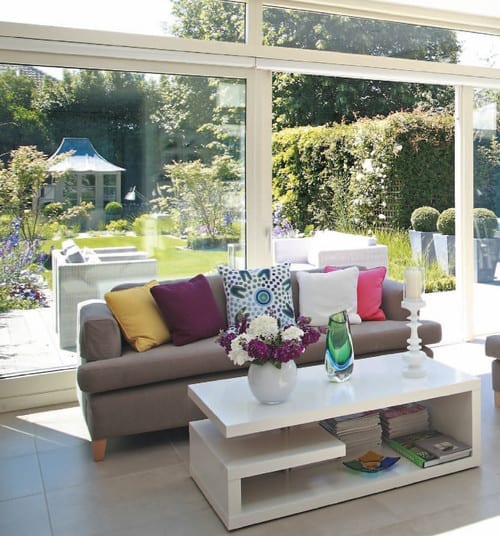
Photo Credit: Contemporary Living Room by Dublin Architect Optimise Design
Accessory Swap
The accessory-swap is a smarter way to go than redecorating every couple of years. It’s budget-friendly, environmentally friendly and you can always easily donate or sell pieces you tired of.
If you’ve got convertibility in mind, you need to pick a great paint color that isn’t going to disappear from the market after a season (like when teal or orange have been “the color of the year” and then you can’t find a thing made with those palettes after the season passes).
An interesting neutral or classic tone on the wall will be the backdrop to a world of patterns and color combinations for your accessorizing. This doesn’t mean only using “shades of beige”. Olive green has been a popular color since the ’70s. So have shades of blues and earth tones and pastels. Is it a color that’ll work for the next five years and that you see fabrics and accessories in regularly? Then great. It’ll do.
Seasonal Artwork Framing and Area Rugs
There are other places you’d be best off remaining neutral, too. Like when you’re framing artwork. Getting vibrant mats or frames that play off the artwork rather than simply defining the art may wind up working against your being able to easily transform the look of your space by switching out pillows, drapes, and other accessories.
An area rugs’ flexibility is also a consideration when you’re making a rug purchase. Sure it goes with your stuff now, but will it be easily adapted to other schemes down the line?
If you’d like to be able to swap your space as seasons arrive, a mix of ongoing neutrals can act as a nice foil for a variety accessory looks is the way to maximize your paint choices and investment pieces for the long-haul while never getting stuck with just one look year-round.
Don’t just live in your space, love it. Have fun by keeping things fresh and embracing change every few months.
(You’re reading Spring Decor: Seasons Change, And So Can Accessories originally posted on Build Direct Blog)
